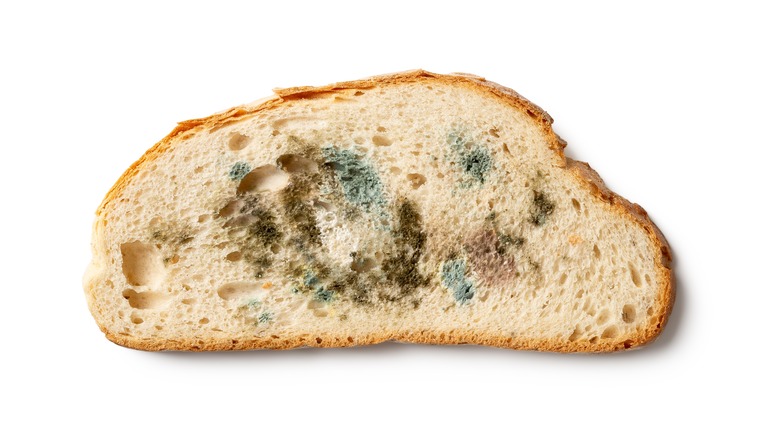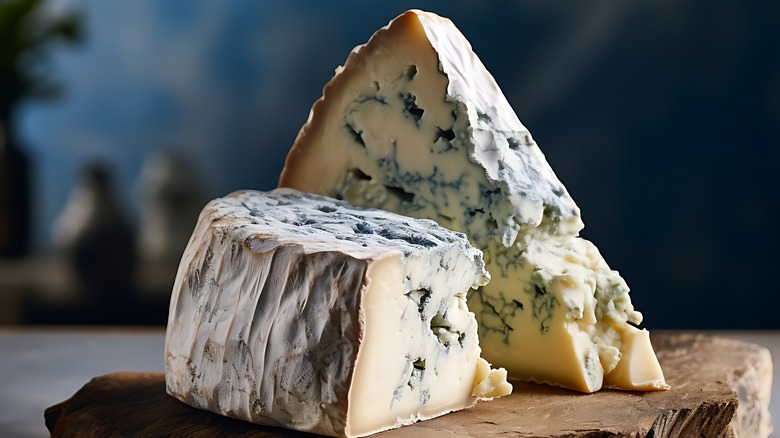Is It Safe If You Accidentally Eat Mold?
You've just taken a bite of your sandwich, and suddenly you notice — mold! Panic sets in. But do you really need to rush to the ER? For most people, the answer is no. Accidentally eating a small amount of mold is usually harmless, though it might ruin your appetite or temporarily upset your stomach. However, if you have a weakened immune system or are allergic to mold, it's a different story. Mold can trigger allergic reactions, respiratory issues, and other health concerns in these groups of people, so extra caution is needed in these cases.
Trace amounts of mold actually sneak into our diets more often than we realize, and the majority of people are just fine. While mold is unpleasant, most of us won't experience serious effects from small, accidental exposure. Still, some molds are more troublesome, especially the ones that produce mycotoxins — especially nasty toxins that are sometimes found in moldy grains, nuts, and even fruits and vegetables. So, to dodge any unpleasant surprises, it's smart to keep an eye out for warning signs when buying fresh produce to avoid bringing home anything with mold growth. If you spot any fuzz on soft fruits or veggies, don't risk it — just toss them.
When mold is a part of the recipe
While mold on your sandwich is an unwelcome surprise, there are times when mold is a good thing — especially when it's carefully controlled. In the world of artisanal cheese-making, molds are essential for crafting distinct flavors. Some molds, like those found in cheeses such as Roquefort, Brie, Camembert, and Taleggio, are the true stars of the show. Take Taleggio, for instance — a cheese that's been aged to perfection with a little help from carefully cultivated bacteria and molds. This process is totally safe, thanks to the precise conditions under which Taleggio is made, including regular washing to prevent the growth of bad mold while encouraging good bacteria. The result? A funky aroma and distinct flavor that make Taleggio just one of the stinky cheeses you should dare to try.
Molds like penicillium, used in blue cheeses and similar varieties, are responsible for creating the signature tastes and textures that cheese lovers crave. These molds are carefully controlled to ensure they don't produce harmful toxins, making them a welcome guest in the aging process. After all, understanding the difference between harmless and harmful molds can help you dive into artisanal foods without a second thought. So, while not all molds are your friends, the right ones can make your food experience richer — just be sure to know when to toss and when to trust.

